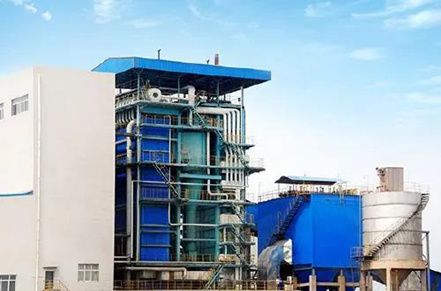Regarding the furnace, the relative movement between gas and solid two-phase flow in a circulating fluidized bed boiler is very large. While the solid particles in the furnace are moving upwards with the airflow, due to the high fluidization wind speed in the central area of the furnace and the low fluidization wind speed on the four walls, the solid particles will slide and gather around the furnace where the fluidization wind speed is low, and along the furnace at the same time. The membrane wall flows downwards, resulting in strong circulation in the furnace.
The wear of the furnace wall is closely related to the reflow process of the materials inside the furnace. During the reflow process of the materials attached to the wall, when encountering obstacles, the flow direction of the material particles will change, and the obstacles will divert the materials to the obstacles. The pipes on both sides of the obstacle will be eroded obliquely, which will cause abrasion; the refluxed material will be forced and rebound after encountering the obstacle. When the particles are rebounded to the membrane wall, the particles will contact the pipe. The wall forms oblique scouring and positive impact, causing wear.
The anti-wear measures of the furnace in engineering practice: In addition to selecting a reasonable flue gas flow rate during design, strictly controlling the coal particle size of the furnace and the fluidization speed of the combustion chamber during operation, the structure should also adopt tube-making technology and add anti-wear beams. , Adding longitudinal ribs and other active anti-wear measures, as well as passive metal spraying, laying refractory materials and other anti-wear measures.



